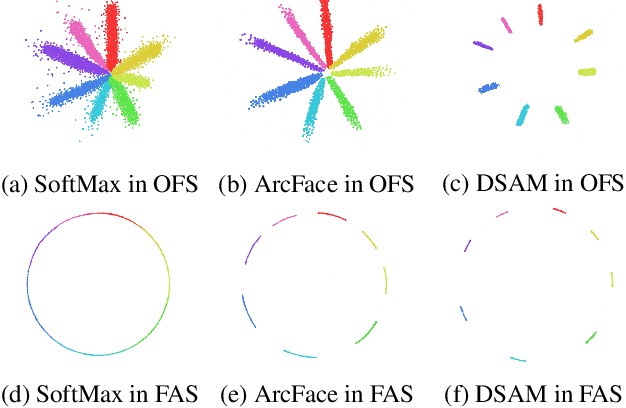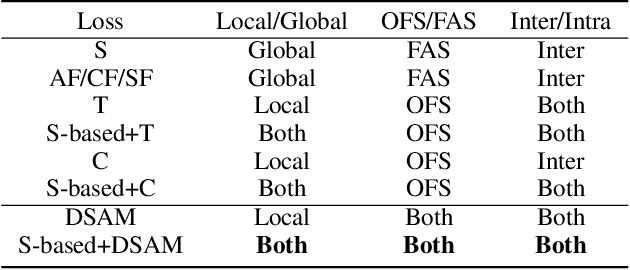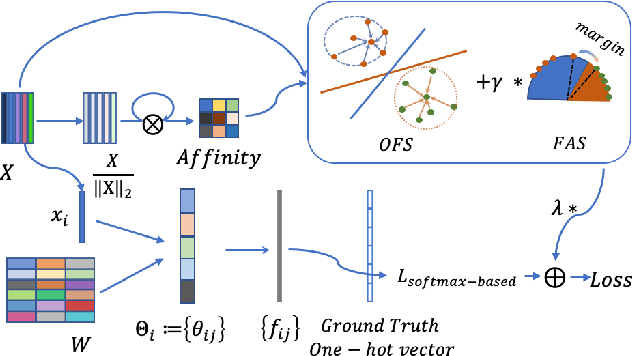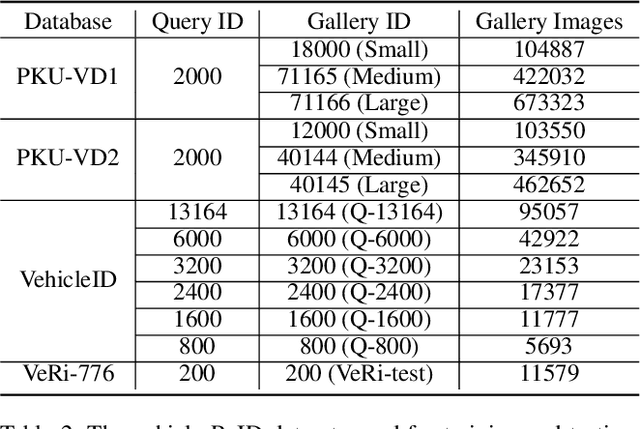Jiangtao Kong
Hybrid Memory Replay: Blending Real and Distilled Data for Class Incremental Learning
Oct 20, 2024



Abstract:Incremental learning (IL) aims to acquire new knowledge from current tasks while retaining knowledge learned from previous tasks. Replay-based IL methods store a set of exemplars from previous tasks in a buffer and replay them when learning new tasks. However, there is usually a size-limited buffer that cannot store adequate real exemplars to retain the knowledge of previous tasks. In contrast, data distillation (DD) can reduce the exemplar buffer's size, by condensing a large real dataset into a much smaller set of more information-compact synthetic exemplars. Nevertheless, DD's performance gain on IL quickly vanishes as the number of synthetic exemplars grows. To overcome the weaknesses of real-data and synthetic-data buffers, we instead optimize a hybrid memory including both types of data. Specifically, we propose an innovative modification to DD that distills synthetic data from a sliding window of checkpoints in history (rather than checkpoints on multiple training trajectories). Conditioned on the synthetic data, we then optimize the selection of real exemplars to provide complementary improvement to the DD objective. The optimized hybrid memory combines the strengths of synthetic and real exemplars, effectively mitigating catastrophic forgetting in Class IL (CIL) when the buffer size for exemplars is limited. Notably, our method can be seamlessly integrated into most existing replay-based CIL models. Extensive experiments across multiple benchmarks demonstrate that our method significantly outperforms existing replay-based baselines.
Condensed Prototype Replay for Class Incremental Learning
May 25, 2023Abstract:Incremental learning (IL) suffers from catastrophic forgetting of old tasks when learning new tasks. This can be addressed by replaying previous tasks' data stored in a memory, which however is usually prone to size limits and privacy leakage. Recent studies store only class centroids as prototypes and augment them with Gaussian noises to create synthetic data for replay. However, they cannot effectively avoid class interference near their margins that leads to forgetting. Moreover, the injected noises distort the rich structure between real data and prototypes, hence even detrimental to IL. In this paper, we propose YONO that You Only Need to replay One condensed prototype per class, which for the first time can even outperform memory-costly exemplar-replay methods. To this end, we develop a novel prototype learning method that (1) searches for more representative prototypes in high-density regions by an attentional mean-shift algorithm and (2) moves samples in each class to their prototype to form a compact cluster distant from other classes. Thereby, the class margins are maximized, which effectively reduces interference causing future forgetting. In addition, we extend YONO to YONO+, which creates synthetic replay data by random sampling in the neighborhood of each prototype in the representation space. We show that the synthetic data can further improve YONO. Extensive experiments on IL benchmarks demonstrate the advantages of YONO/YONO+ over existing IL methods in terms of both accuracy and forgetting.
DSAM: A Distance Shrinking with Angular Marginalizing Loss for High Performance Vehicle Re-identificatio
Nov 25, 2020



Abstract:Vehicle Re-identification (ReID) is an important yet challenging problem in computer vision. Compared to other visual objects like faces and persons, vehicles simultaneously exhibit much larger intraclass viewpoint variations and interclass visual similarities, making most exiting loss functions designed for face recognition and person ReID unsuitable for vehicle ReID. To obtain a high-performance vehicle ReID model, we present a novel Distance Shrinking with Angular Marginalizing (DSAM) loss function to perform hybrid learning in both the Original Feature Space (OFS) and the Feature Angular Space (FAS) using the local verification and the global identification information. Specifically, it shrinks the distance between samples of the same class locally in the Original Feature Space while keeps samples of different classes far away in the Feature Angular Space. The shrinking and marginalizing operations are performed during each iteration of the training process and are suitable for different SoftMax based loss functions. We evaluate the DSAM loss function on three large vehicle ReID datasets with detailed analyses and extensive comparisons with many competing vehicle ReID methods. Experimental results show that our DSAM loss enhances the SoftMax loss by a large margin on the PKU-VD1-Large dataset: 10.41% for mAP, 5.29% for cmc1, and 4.60% for cmc5. Moreover, the mAP is increased by 9.34% on the PKU-VehicleID dataset and 8.73% on the VeRi-776 dataset. Source code will be released to facilitate further studies in this research direction.
 Add to Chrome
Add to Chrome Add to Firefox
Add to Firefox Add to Edge
Add to Edge